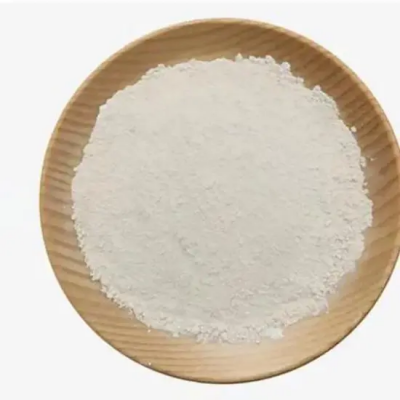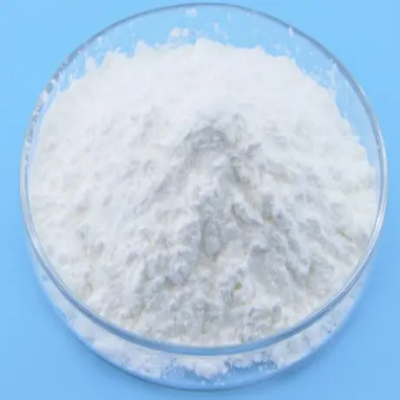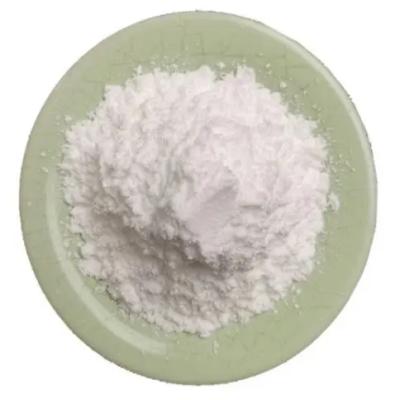2-Chloro-5-methylpyridine CAS:18368-64-4
2-Chloro-5-methylpyridine, with the molecular formula C₆H₆ClN, is a notable member of the pyridine family, which contains a six-membered aromatic ring with one nitrogen atom. The presence of both a chlorine substituent at the 2-position and a methyl group at the 5-position contributes to the compound's unique reactivity and potential applications across different scientific domains. One of the primary areas where 2-chloro-5-methylpyridine is extensively studied is in the realm of medicinal chemistry. The chlorinated pyridine derivatives are known to exhibit various biological activities, including antimicrobial, anti-inflammatory, and antitumor properties. As such, this compound serves as an important intermediate for synthesizing more complex biologically active molecules. Researchers can utilize its reactive sites to introduce other functional groups or to create new scaffolds that may enhance therapeutic efficacy. In addition to its pharmaceutical significance, 2-chloro-5-methylpyridine has applications in agrochemicals. Chlorinated pyridines have been explored as herbicides and insecticides due to their ability to disrupt biological processes in pests while being less harmful to non-target organisms. This selectivity makes them valuable candidates for developing environmentally friendly pest control agents. The unique combination of the chlorine atom and the methyl group also provides opportunities for further functionalization. Organic chemists can modify these substituents to create diverse derivatives with tailored properties, expanding the utility of 2-chloro-5-methylpyridine in synthetic pathways. Despite its promising applications, safety assessments are crucial when considering the use of 2-chloro-5-methylpyridine in industrial and laboratory settings. Understanding its toxicity, environmental persistence, and potential effects on human health will be vital for regulatory approvals and safe handling practices. In summary, 2-chloro-5-methylpyridine represents a versatile compound with considerable potential in medicinal and agricultural chemistry. Its unique structural features allow for a range of chemical transformations, positioning it as a valuable building block for developing new, effective bioactive agents and plant protection products. Ongoing research is essential to fully realize its potential across various applications and ensure responsible usage.



| Composition | C6H6ClN |
| Assay | 99% |
| Appearance | white powder |
| CAS No. | 18368-64-4 |
| Packing | Small and bulk |
| Shelf Life | 2 years |
| Storage | Store in cool and dry area |
| Certification | ISO. |









